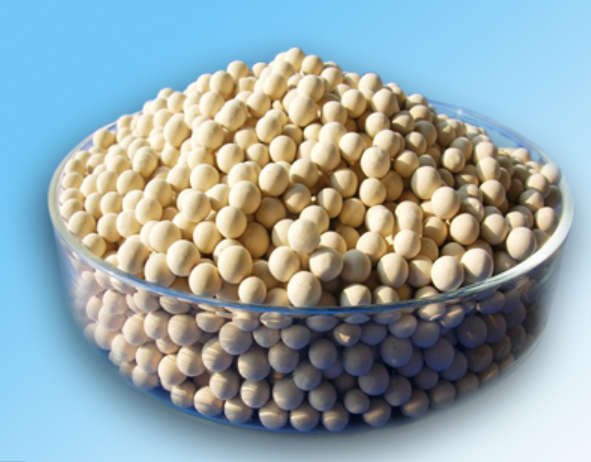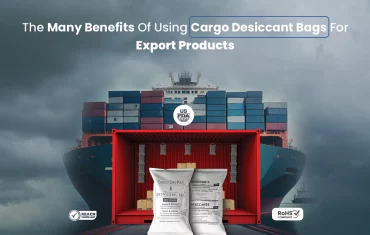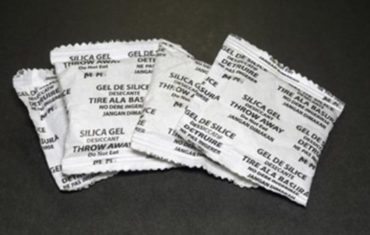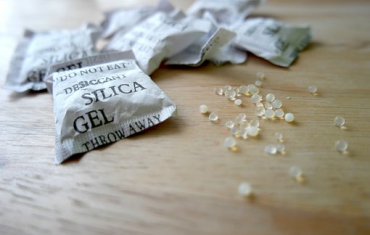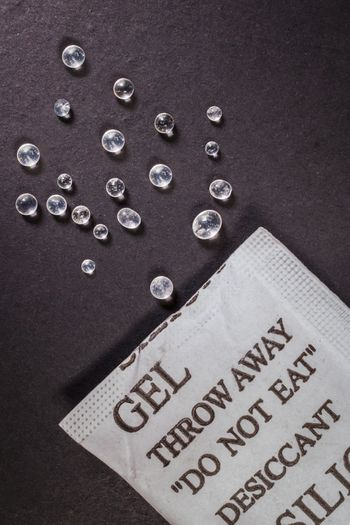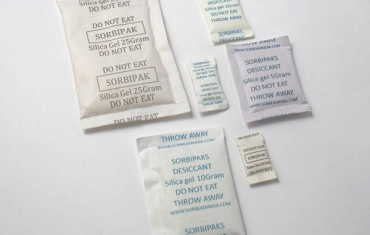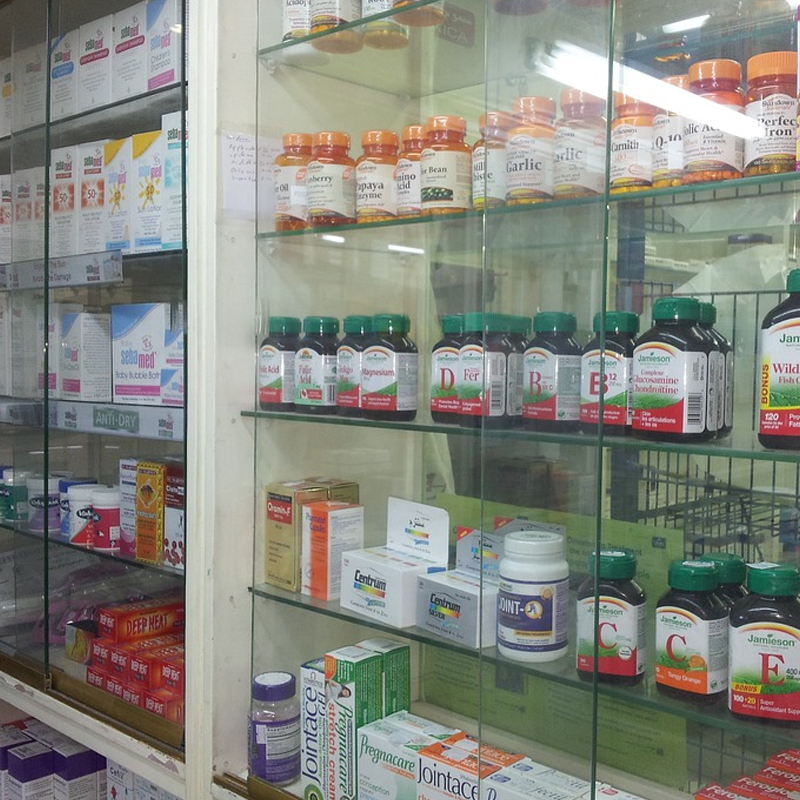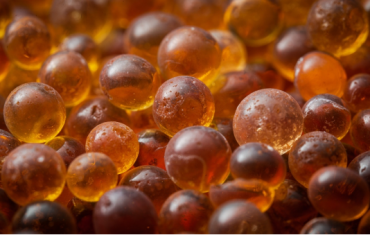Why are Molecular Sieves Used?
Molecular sieves are made from synthetic zeolite, which has a very precise design and uniform pores. Zeolites are highly porous solids that belong to a class of naturally-occurring chemicals called aluminosilicates; they separate molecules depending on their dimensions and diameters.
These crystalline metal aluminosilicates have a three-dimensional silica and alumina tetrahedral network. That gives the sieve a symmetrical structure. Moisture is evaporated from this network to produce cavities homogeneously all over the structure without damaging the crystal structure.
As a result, the dehydrated zeolite can adsorb gases and water molecules and allow them to pass through the pores. The gases and liquids that get adsorbed depend on the size of the molecule and its polarity.
What Do Molecular Sieves Offer
These conjoined spherical beads, known as molecular sieves, come in various sizes and shapes. Their shape and form allow them leverage over other adsorption materials because they are robust because there are no blunt edges and resistant to wear.
Their strength and resistance make them a popular choice for adsorption for industries across the board. Some sieves also have a lower heat capacity, so they require less thermal energy during regeneration.
Since this material also has a higher stack density, less is more. A small volume of molecular sieve allows you to yield more and fulfill large adsorption requirements. This works better in mass-scale production processes by offering a cost-cutting incentive.
Types of Molecular Sieves
The main types of molecular sieves are categorized as 3A, 4A, 5A, and 13X. These terms represent the chemical formulae of the molecule that also determine the size of the pores. For instance, the molecular sieve used in glass insulation is 3A. A sieve of that type will adsorb molecules with a larger diametric length than 3A. Molecular sieves enable fast adsorption and provide quick results, which is why they’re a big success across the board.
How Does Molecular Separation Work
You may be thinking that if two different molecules of the same dimensions can pass through the pores, how does the separation work? When this happens, and the molecules are equal in diameter and can fit through the pores, their polarity is given precedence. The crystal structure’s cavities contain metal ions that attract the more polar molecule, which eventually gets adsorbed.
If you’re looking for a reliable distributor of adsorbents and desiccants, you’ve come to the right place.
Founded by Mr. Rajesh Galgalikar 24 years ago, Sorbead India is an ISO certified distributor of desiccants and adsorbents. We offer a wide range of products, including molecular sieves for aerosol purifications, silica gel, bulk packaging desiccants, and triple laminated aluminum bags.
We cater to many industries such as oil and natural gas, pharmaceuticals, and food packaging, and our services are revered and trusted worldwide. If you’re interested in partnering with us, contact us at 1800-233-2677.

